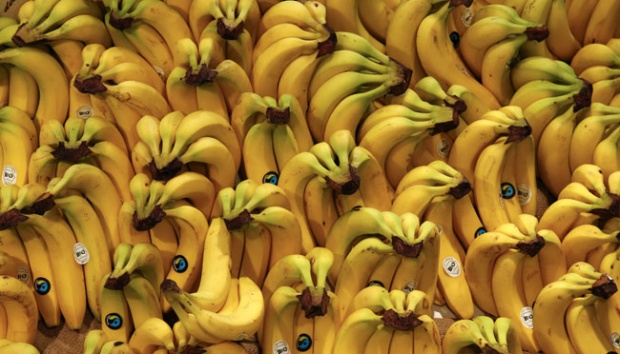

Rizkita Rachmi Esyanti
Banana is one of the largest commodity fruit produced by Indonesia. Banana production in Indonesia itself increases every year and ranks the highest followed by mangoes in second and third -ranks . Even Indonesia is the 6th largest banana producing country in the world after India, Brazil, China, Ecuador and Pilipina. According to data from the Central Statistics Agency (BPS), during 2021 Indonesia was able to produce bananas as much as 8.74 million tons. But there is a threat of banana crop production found in the field, namely the disease blood disease banana (bdb) or also known as blood diseases. BDB disease is caused by bacteria ralstonia syzygii subsp. celebesensis felotype iv which can cause plants to die or produce bananas that cannot be consumed i. BDB infects plant tissue systemically causing serious impacts and even deadly on banana plants. BDB is estimated to originate from Selayar Island which is close to Sulawesi since it was reported in the early 1900s. The spread of this disease can occur through seeds (banana puppies), soil, agricultural equipment and insects. Until now there has been no appropriate treatment for BDB that attacks banana plants due to the ecology and epidemology of r. solenecearum is very complex and not yet known as a whole. One of the preventive methods that can be done is by diagnosing a banana plant infected with BDB before infecting other banana plants. Lately, BDB disease has again experienced significant spread in Bali including Banana Smart Village, Village of Evidence, Buleleng Bali. At present the ITB team has received a request for training assistance for immediate prevention and handling from farmers in Bali regarding this matter. Therefore, the proposed community service proposal aims to be able to obtain funding assistance for the implementation of community training activities, especially farmers Bananas in Bali regarding the technique of prevention and handling BDB disease. This activity was carried out in collaboration with researchers from Brin and involved MBKM SITH ITB students. The technology transfer provided is expected to increase the knowledge of farmers and the skills of local communities in the prevention and handling of BDB which can indirectly improve the village economy. In addition, this activity can increase the knowledge and skills of students involved as part of academic activities. The results of this activity can be a lesson learning to be replicated in other BDB Pandemic areas in Indonesia
Providing standard skills to the public to prevent and handle BDB independently; Identifying microorganisms that cause banana disease (BDB)
- Can identify more quickly diseases that occur in banana plants, especially BDB disease - prevent infection and spread of BDB disease more broadly - Prevention and handling of BDB disease on banana disease impact on food security